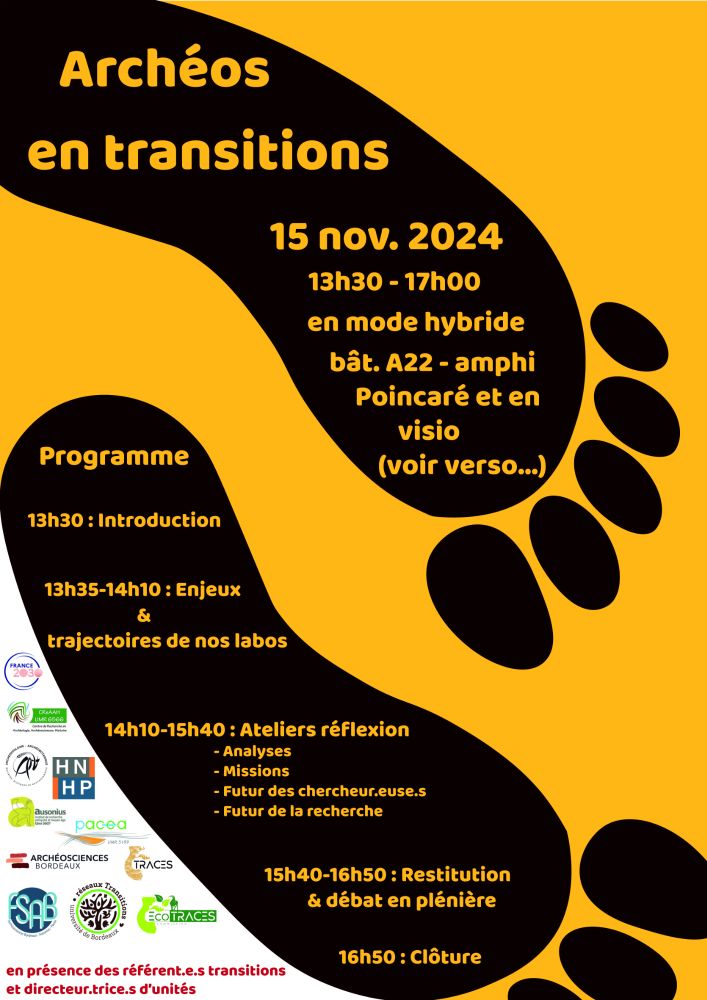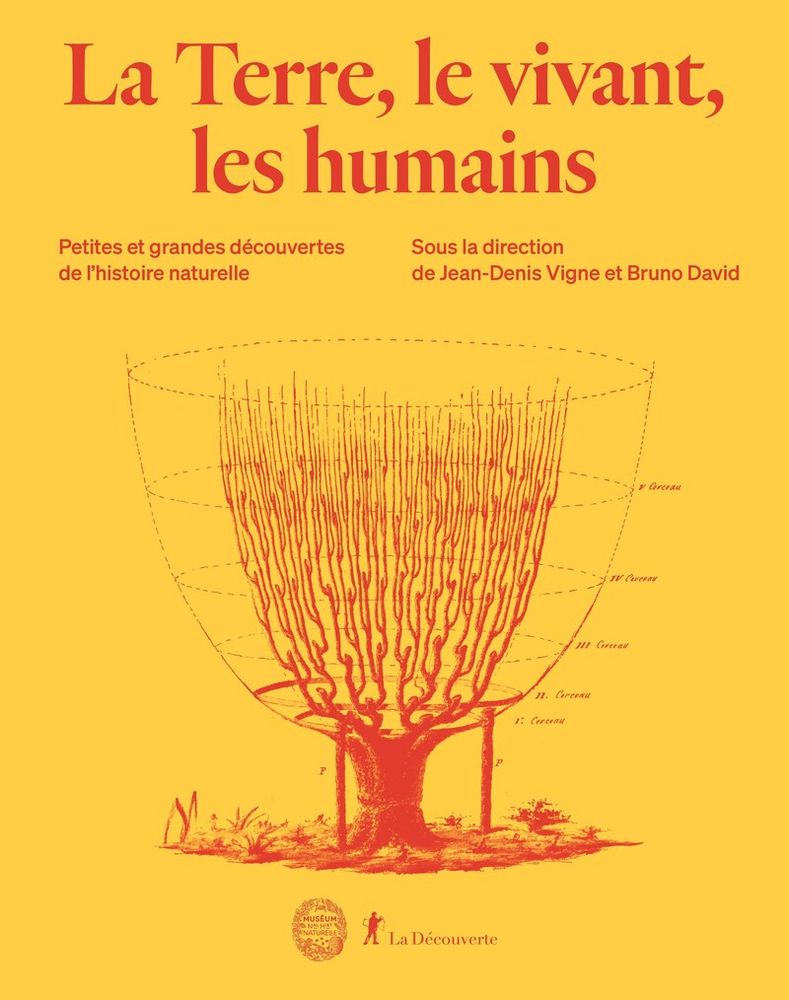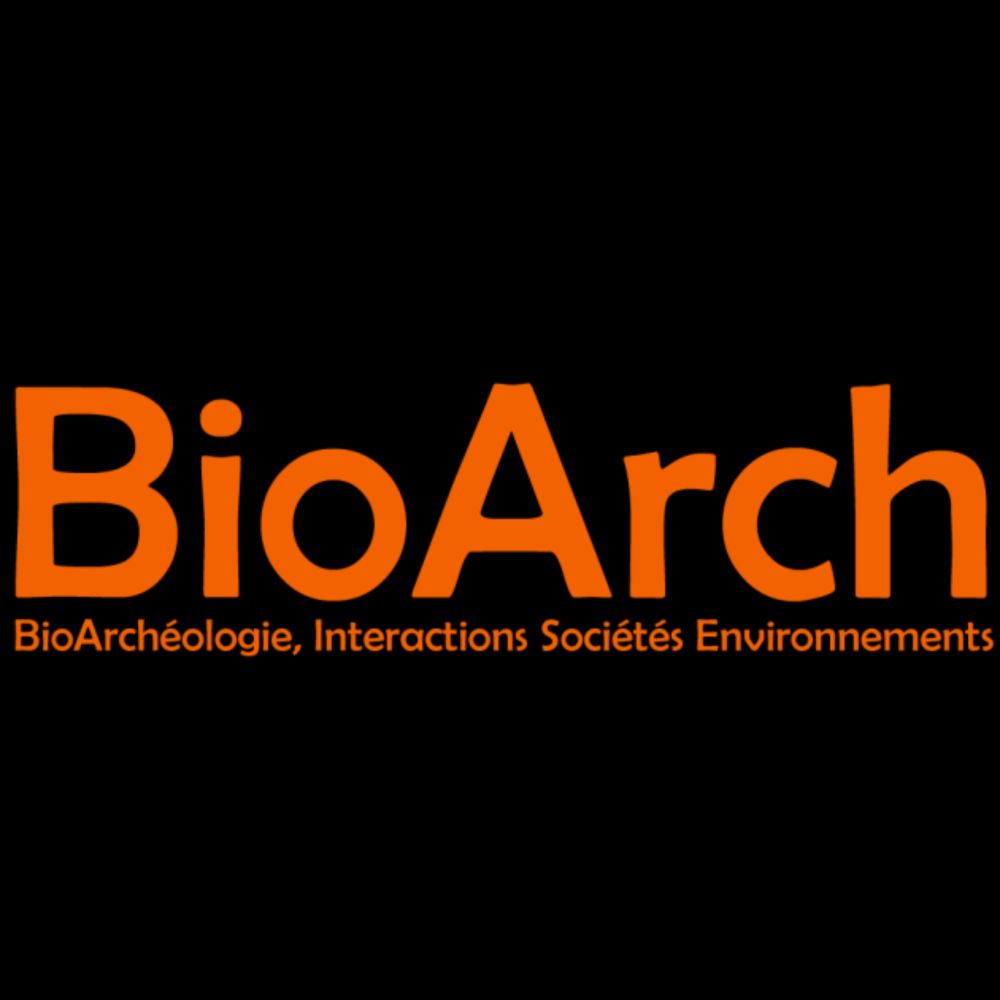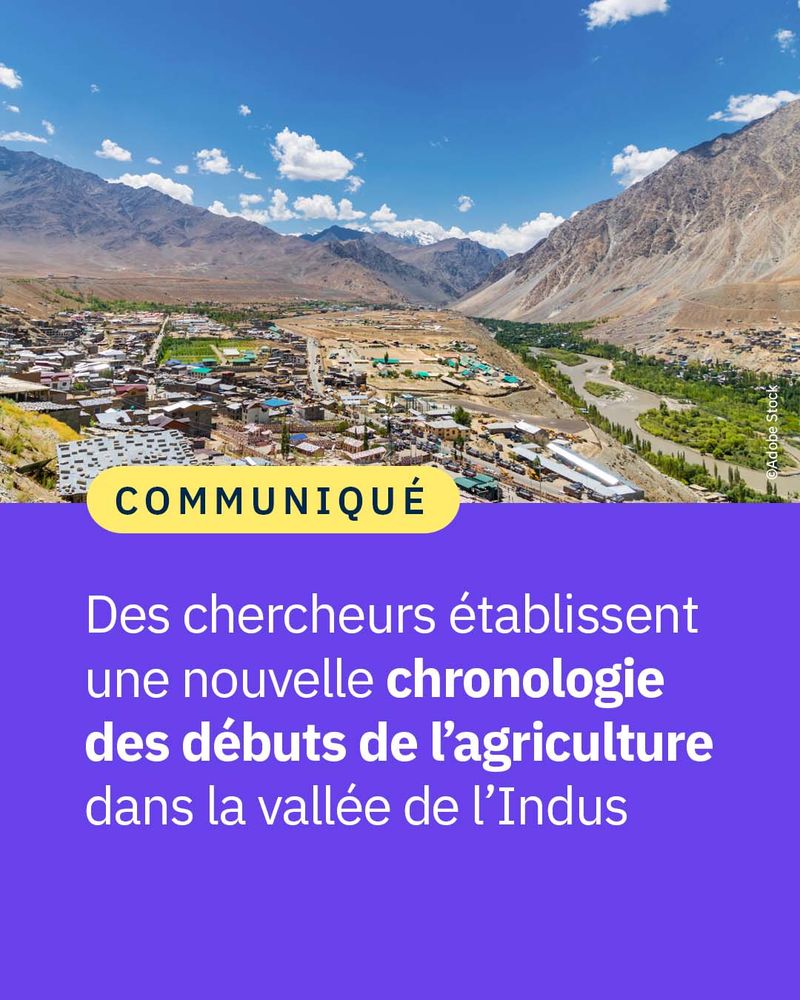Posts
Media
Videos
Starter Packs
Reposted
Nature
@nature.com
· Jul 9

The spatiotemporal distribution of human pathogens in ancient Eurasia - Nature
Screening shotgun-sequencing data from ancient humans covering 37,000 years of Eurasian history uncovers the widespread presence of ancient bacterial, viral and parasite DNA and zoonotic pathogens coincide with the widespread domestication of livestock.
go.nature.com
Reposted
Reposted
Reposted
BioArch
@umr-bioarch.bsky.social
· Jan 27

Ce que les vergers médiévaux nous apprennent des relations entre les humains et l’environnement « naturel »
À l’heure où l’environnement fait l’objet de multiples questionnements et défis, il est intéressant d’étudier les vergers médiévaux comme lieu où se construisent et évoluent les rapports entre humains...
fsp.hypotheses.org
Reposted
Reposted
Reposted
Reposted
Reposted
Reposted
Reposted
Reposted
Reposted
BioArch
@umr-bioarch.bsky.social
· May 28

Late Paleolithic whale bone tools reveal human and whale ecology in the Bay of Biscay - Nature Communications
Here the authors apply ZooMS, radiocarbon, and stable isotope analyses to whale bones from the Bay of Biscay. They find that humans were utilizing the remains of at least five species of whales from 2...
www.nature.com





















